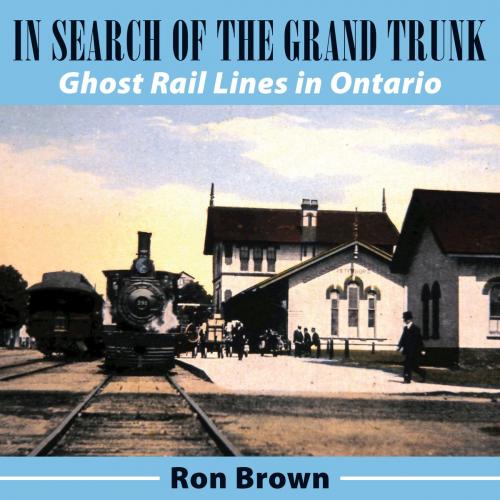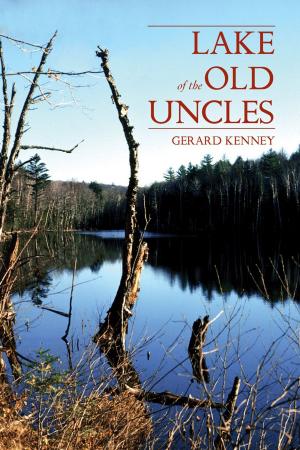In Search of the Grand Trunk
Ghost Rail Lines in Ontario
Nonfiction, Reference & Language, Transportation, Railroads, History| Author: | Ron Brown | ISBN: | 9781459717787 |
| Publisher: | Dundurn | Publication: | May 2, 2011 |
| Imprint: | Dundurn | Language: | English |
| Author: | Ron Brown |
| ISBN: | 9781459717787 |
| Publisher: | Dundurn |
| Publication: | May 2, 2011 |
| Imprint: | Dundurn |
| Language: | English |
Explore Ontario's forgotten rail lines and experience the legacy and lore of this the vital railway era of Ontario's history. At its peak between 1880 and the 1920s, Ontario was criss-crossed by more than 20,000 kilometres of rail trackage. Today , only a fraction remains. Yet trains once hauled everything from strawberries to grain, cans of milk and even eels. Villagers depended on trains to visit friends, attend weddings, to shop, and to go to school. They gathered on station platforms to await their mail or greet a long-lost relative. Holidayers packed their trunks and headed north for an extended summer day at their favorite resorts. Today, these are but a distant memory as most of Ontario’s once essential transportation links lie abandoned and largely forgotten.
But perhaps not entirely -- many rights of way have become rail trails, and now witness hikers, cyclists, equestrians, and snowmobilers. Others sadly, lie overgrown and barely visible. Yet regardless of how one follows these early routes, one will find preserved stations, historic bridges, and railway era buildings, all of which recall this bygone era.
Explore Ontario's forgotten rail lines and experience the legacy and lore of this the vital railway era of Ontario's history. At its peak between 1880 and the 1920s, Ontario was criss-crossed by more than 20,000 kilometres of rail trackage. Today , only a fraction remains. Yet trains once hauled everything from strawberries to grain, cans of milk and even eels. Villagers depended on trains to visit friends, attend weddings, to shop, and to go to school. They gathered on station platforms to await their mail or greet a long-lost relative. Holidayers packed their trunks and headed north for an extended summer day at their favorite resorts. Today, these are but a distant memory as most of Ontario’s once essential transportation links lie abandoned and largely forgotten.
But perhaps not entirely -- many rights of way have become rail trails, and now witness hikers, cyclists, equestrians, and snowmobilers. Others sadly, lie overgrown and barely visible. Yet regardless of how one follows these early routes, one will find preserved stations, historic bridges, and railway era buildings, all of which recall this bygone era.















